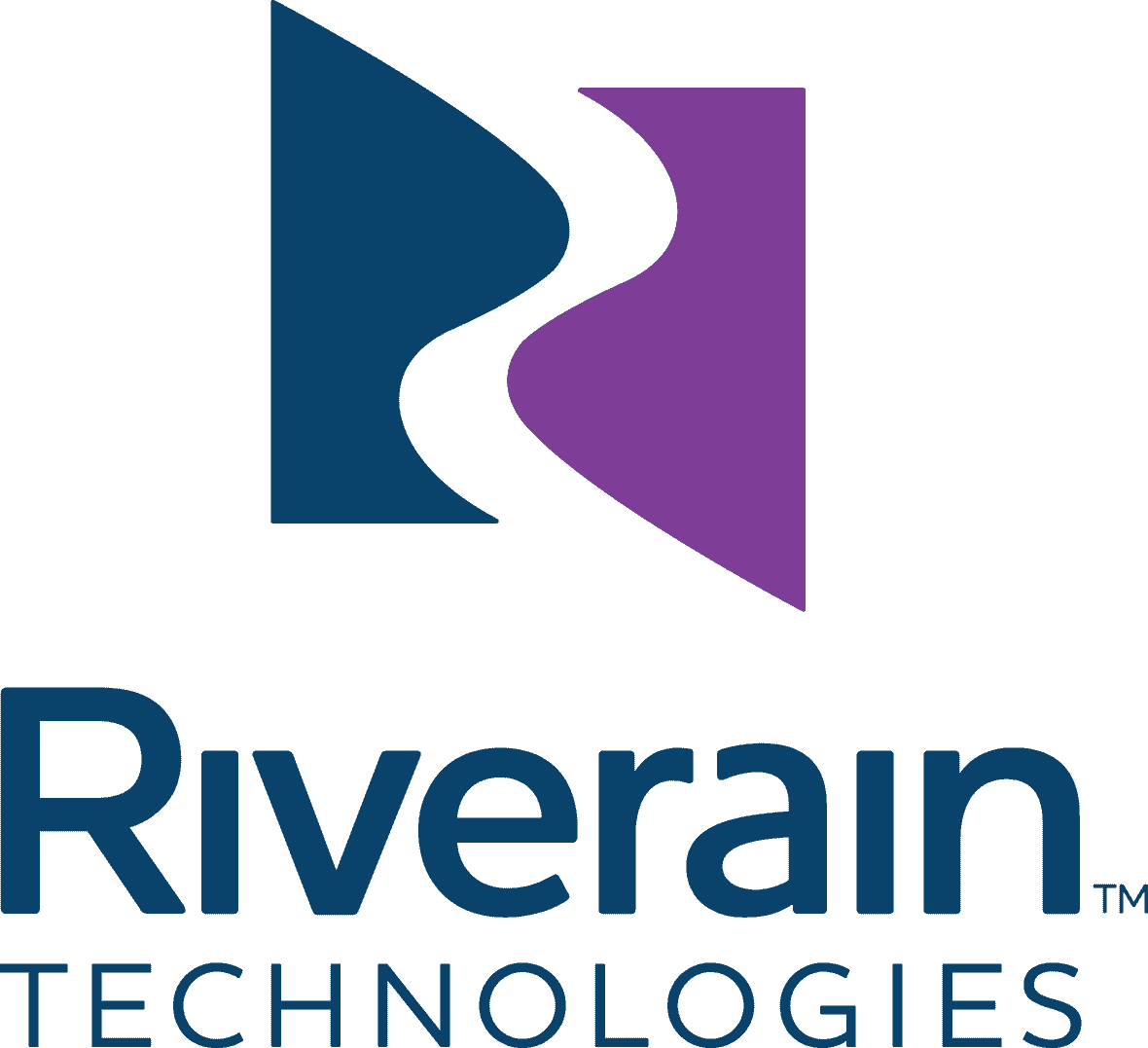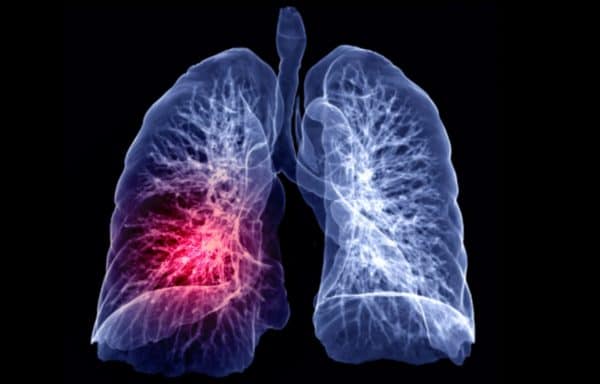|
RadNet’s AI Screening Play | MPFS Finalized
November 7, 2022
|
|
|

|
|
Together with
|

|
|
|
“Instead of solving for pulmonary embolism, we’re solving for chest CT. Instead of solving for intracranial hemorrhage, we’re solving for head CT.”
|
|
annalise.ai’s Rick Abramson, MD on how the transition from AI point solutions to comprehensive AI will impact radiologist workflows.
|
|
|
We may be entering a third wave of imaging AI’s rapid evolution, that brings a shift from narrow point solutions to comprehensive multi-finding AI systems. Join this discussion with annalise.ai Chief Medical Officer, Rick Abramson, MD, exploring how this transition could take place, how radiologist and VC perspectives on AI are changing, and how AI might continue to evolve in the future.
|
|

|
|
RadNet advanced its AI-led cancer screening strategy, acquiring a 75% stake in Heart & Lung Health, a UK-based teleradiology network with a direct connection to the NHS’ lung cancer screening program.
Heart & Lung Health (HLH) has a network of over 70 cardiothoracic radiologists, and provides teleradiology reporting services for the NHS and a variety of UK hospitals and academic institutions.
Acquiring a UK telerad company might seem out of character for RadNet, which has historically focused its M&A on US-based imaging centers (and more recently global AI developers), only mentioned Europe once in its 2021 annual report, and exited the teleradiology business in 2020. However…
- HLH is the leading reporting provider for NHS England Targeted Lung Health Check (TLHC), an AI-enabled lung cancer screening pilot program that might pave the way for a UK-wide program.
- TLHC requires all radiologists to use AI with their LDCT screening interpretations, suggesting that AI might also be required in a future UK-wide program.
- HLH uses RadNet’s Aidence subsidiary’s lung cancer AI tools, and HLH will work with Aidence to further develop its solutions.
The Takeaway
RadNet started 2022 by acquiring two major cancer screening AI companies (Aidence and Quantib), which combined with its DeepHealth breast cancer AI business to support its ambitious new strategy to become a population-scale cancer screening leader.
That goal might have seemed like a longshot to some, given AI’s uncertain path forward and RadNet’s geographic concentration in just seven US states. However, last week’s HLH acquisition showed that RadNet remains very committed to AI-driven cancer screening leadership, and its strategy might not be as geographically-challenged as some initially thought.
|




|
|
Annalise.ai Gets ‘Comprehensive’ with Enterprise CTB
Annalise.ai doubled-down on its comprehensive AI strategy with the launch of its Annalise Enterprise CTB solution, which identifies a whopping 130 different non-contrast brain CT findings. Annalise Enterprise CTB analyzes brain CTs as they are acquired, prioritizes urgent cases, and provides radiologists with details on each finding (types, locations, likelihood).
|
|
Hyperfine Brings MRI to the ICU
“It completely changes the way we think about MRI imaging.” Take a look at this video interview with Mass General’s Chief of Neurocritical Care to see how clinicians can use Hyperfine’s Swoop Portable MRI to eliminate care disruptions in the ICU by keeping critically ill patients in the unit throughout the neuroimaging process.
|
|
- CMS Finalizes 2023 MPFS: CMS released its final 2023 Medicare Physician Fee Schedule (MPFS), including a 4.62% lower conversion factor (to $33.0067), and payment cuts to radiology (-2%), IR (-3%), nuclear medicine (-2%), and radiation oncology/therapy (-1%). These cuts are smaller than previously expected, although the ACR warned that greater cuts are on the way if Congress doesn’t extend a 3% increase. CMS also accepted 10 new radiology codes and revised reimbursements for some existing codes, while further delaying its decision to permanently allow virtual supervision of contrast-enhanced CT/MRI exams.
- Multiorgan POCUS for COVID Patients: A new EJR study suggests that clinicians should perform multiorgan POCUS exams on COVID patients – rather than lung ultrasound alone – to identify COVID patients with severe lung and thrombotic involvement. Researchers performed lung, cardiac, and deep vein POCUS in 178 COVID patients within one hour of ICU admission. Lung ultrasound scores over 13, low ejection fraction, and thrombosis in either vein all independently yielded a high sensitivity for mortality (93.5%, 92.3%, and 96.5%). When researchers combined information from both the heart and lungs, sensitivity for mortality improved to 96.7%.
- Isotope Shortage: Nuclear Medicine Europe officials warned the nuclear medicine community to prepare for Mo-99 and Tc-99m isotope supply disruptions following a mechanical failure at Belgium’s BR2 reactor. The failure could exacerbate I-131 disruptions that were already expected through February 2023 due to a planned shutdown of another reactor (I-131 is a Mo-99 byproduct).
- Philips Breast MRI Coil Shortage: In other shortage news, the FDA encouraged healthcare providers to consider MRI-guided breast biopsy alternatives due to Philips’ ongoing MRI coil disposables supply challenges. The FDA recommends that providers: (1) discuss alternative options or refer patients to other facilities if they don’t have MRI coil inventory, (2) continue to schedule procedures if they do have supplies available, (3) contact Philips for questions or assistance.
- CASIS QIR-MR’s FDA: CArdiac Simulation & Imaging Software (CASIS) announced the FDA clearance of its QIR-MR post-processing solution, bringing the French cardiac AI startup closer to US commercialization. CASIS’ QIR-MR solution uses AI to analyze cardiac MRI exams, covering all CMRI sequences and analyzing over 100 physiological parameters to support diagnostic speed and accuracy.
- CARPL.ai’s COVID CXR Database: CARPL.ai, Mahajan Imaging, and the Indian Institute of Technology Jodhpur teamed up to address a key challenge with COVID AI development by publishing the COVID Abnormality Annotation for X-Rays (CAAXR) paper and database. The researchers used CARPL.ai’s Annotation Platform to annotate abnormalities in 1,749 frontal COVID CXRs (creating perhaps the only database of its kind), while the paper defined protocols for semantic segmentation and algorithm evaluation.
- Patient Experience’s Loyalty Impact: An Accenture survey showed that patient experience is more important than ever, with 25% of surveyed patients leaving their providers in search of a better fit in 2021. The 21k-person survey uncovered four factors that patients ranked as most important to their loyalty: location and availability (71%), digital engagement options (79%), ease of doing business (82%), and provider trust (84%). Although it’s unlikely that many of these patients were thinking about radiology, each of these factors certainly apply to the imaging experience.
- Radiographer Collimation Gap: The most talked-about paper on Radiology Twitter last week revealed that radiographers often don’t properly collimate X-ray exams, and instead rely on image cropping to replicate collimated images. Analysis of 1,071 measurements from five common MSK X-ray exams revealed that 61.2% of measurements were above reference standard (most commonly w/ challenging exams), resulting in higher patient radiation exposure and lower image quality..
- Artrya’s European Clearance: Australian cardiac AI startup Artrya secured European CE Mark approval for its Salix Coronary Anatomy solution, expanding the solution beyond Australia and New Zealand. Salix Coronary Anatomy identifies and assesses arterial plaque in CCTAs, allowing clinicians to improve coronary heart disease diagnoses and risk assessments.
- Head CT AI Reproducibility: Most head CT AI studies aren’t reproducible, don’t match real-world scenarios, and have a high risk of bias and overestimating performance. That’s from an Insights Into Imaging review of 83 studies that found only 10% of studies made their code open source and just 32% disclosed training hyperparameters (both limit study replication). Meanwhile, 84% of the datasets were from single center sources, and brain lesions were far more prevalent in training and testing datasets than in the real-world (0.49 & 0.45 vs. 0.21).
- RS&A Acquires Summit Imaging: Radiation therapy service company RS&A acquired Summit Imaging, adding Summit’s mammography and ultrasound services capabilities to its operations. The acquisition brings RS&A closer to its goal of becoming a nationwide multimodality service company, and continues the ultrasound service segment’s consolidation trend. Some readers might remember that Philips successfully sued Summit in 2020 for hacking its ultrasound systems to access optional features.
|
|
The Standardized Imaging Experience
Ready to solve your imaging standardization problem? Join UTHSA’s Informatics Vice Chair, Dr. Kal Clark, on November 10th when he’ll discuss his experience as one of the first systems to use Enlitic’s Curie|ENDEX software.
|
|
- Check out this Imaging Wire Show with United Imaging’s Jeffrey Bundy and Mike Coulter, who detail their unique approach to medical imaging innovations. If you’re trying to figure out a simpler and more scalable way to run your imaging organization, this interview is a great way to start.
- MRI is a powerful modality, but still inaccessible to many providers and patients. See how Siemens Healthineers’ MAGNETOM Free.Star’s disruptively simple approach is breaking MRI barriers.
- We talk a lot about radiology practices’ AI adoption, but usually don’t have much evidence to back it up. That changes with this new Arterys report detailing how and why 30 US radiology groups became imaging AI adopters.
- Enterprise imaging is mainly adopted in the largest hospitals, but that doesn’t have to be the case. Check out this Imaging Wire Show featuring Novarad product leader Dave GrandPre, where we discuss what’s caused this divide and why smaller hospitals should adopt enterprise imaging.
- Check out this Blackford Analysis video detailing how its AI platform streamlines AI adoption and workflows, allowing radiology teams to achieve AI’s clinical benefits without operational sacrifices.
- Imaging’s cloud evolution didn’t happen all at once. This Change Healthcare animation details the history of digital imaging architectures, and how cloud-native imaging improves stability and scalability, ease of management, patient data security, and operating costs.
- When SyntheticMR validated its SyMRI MSK solution, they leveraged the CARPL platform to compare conventional knee and spine MRI image quality with SyntheticMR images. Check out their validation process and results here.
|
|
|
Share The Imaging Wire
|
|
Spread the news & help us grow ⚡
|
|
Refer colleagues with your unique link and earn rewards.
|

|
|
|
|
Or copy and share your custom referral link: *|SHAREURL|*
|
|
You currently have *|REFERRALS|* referrals.
|
|
|
|
|